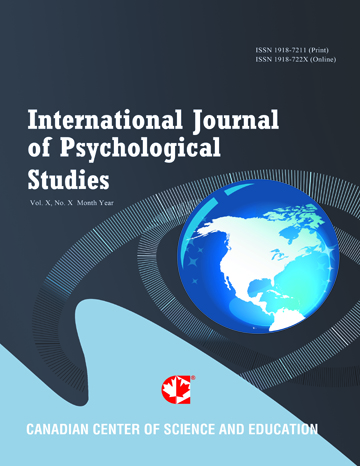An Evaluation of Stress and Burnout in Education and Its Impact on Job Performance and Work Life Quality
- Richard Karnia
Abstract
Stress and burnout in education is the result of a teacher experiencing unpleasant, negative emotions—such as anger, anxiety, tension, frustration, or depression—that have an impact on their job performance (Carroll et al., 2021). Job performance is identified as the actions or behaviors that are relevant to an organization’s goal and is measured by each individual’s proficiency (Conte & Landy, 2019). Campbell identified multiple factors that contribute to job performance that are declarative knowledge, procedural knowledge, and motivation (Conte & Landy, 2019). Variables can impact and have a direct impact on one’s performance if one of the factors are changed (Conte & Landy, 2019).
One of the biggest factors of job performance is burnout and stress and its impact on a teacher’s motivation. Burnout is described as prolonged or chronic job stress that happens over time and is consistent and repeated (Hills, 2019). Burnout is marked by exhaustion; feeling emotionally drained; cynicism/less identification with the job; alienation; and feelings of reduced professional ability. This reduced capacity means that some people do not see any value to what they are doing or contributing (Hills, 2019). What happens to an individual who becomes burned out is that there is the extinction of motivation or incentive to a cause (i.e., the organization) (Hills, 2019). When looking at reasons for burnout/demotivating conditions, several areas of concern are highlighted that include a lack of control, lack of resources, unclear or impossible job expectations, dysfunctional workplace, a mismatch in workplace values, poor job fit, and work–life imbalance (Hills, 2019).
- Full Text:
 PDF
PDF
- DOI:10.5539/ijps.v15n4p13
Journal Metrics
1. Citations (March 2025): 10975
3. i10-index (March 2025): 233
For details about the Journal Metrics, please visit the Google Scholar website.
Index
- AcademicKeys
- CNKI Scholar
- Elektronische Zeitschriftenbibliothek (EZB)
- Excellence in Research for Australia (ERA)
- GETIT@YALE (Yale University Library)
- Harvard Library E-Journals
- JournalSeek
- JournalTOCs
- LOCKSS
- MIAR
- Open Access Journals Search Engine(OAJSE)
- Open J-Gate
- PKP Open Archives Harvester
- SHERPA/RoMEO
- Standard Periodical Directory
- The Keepers Registry
- UCR Library
- Ulrich's
- Universe Digital Library
- WorldCat
Contact
- Barbara SunEditorial Assistant
- ijps@ccsenet.org
